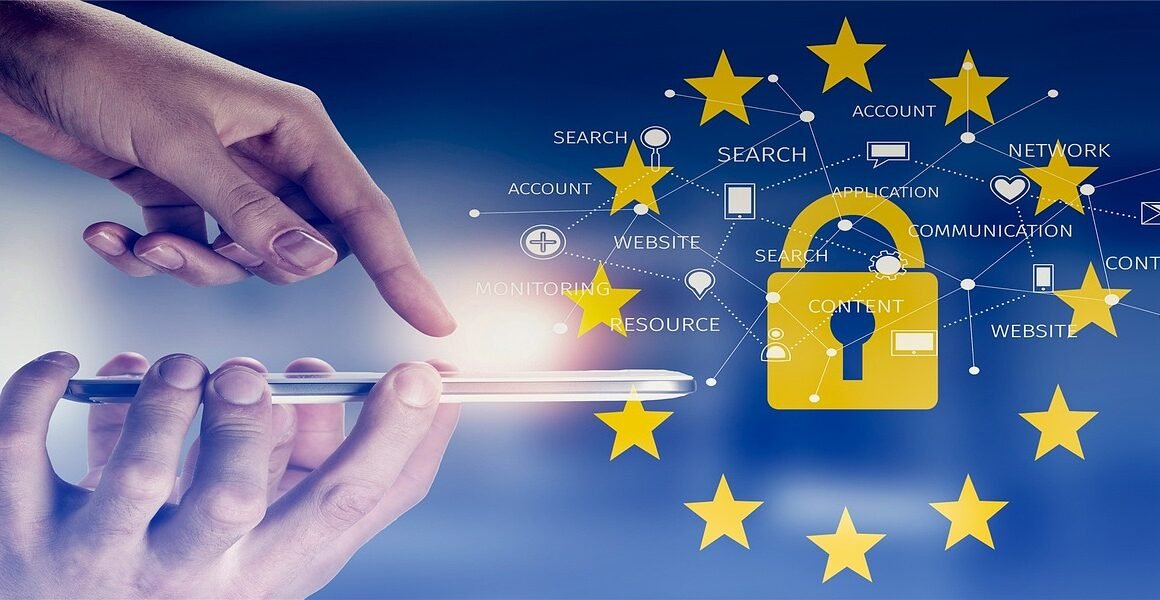The digital world is our playground, our office, and increasingly, our vulnerability. Cybercrime, once a shadowy threat lurking in the background, has become a pervasive and sophisticated menace impacting individuals, businesses, and even national security. Understanding the landscape of cybercrime, its various forms, and how to protect yourself is no longer optional – it’s essential for navigating the modern world safely.
Understanding Cybercrime: A Clear Definition
What Exactly is Cybercrime?
Cybercrime encompasses any criminal activity that utilizes a computer, a computer network, or a networked device to commit a crime. This is a broad definition that can range from stealing personal data to launching large-scale attacks on critical infrastructure. Cybercrime can be direct, where the computer is the target (e.g., hacking and denial-of-service attacks), or indirect, where the computer is the tool used to commit a crime (e.g., using stolen credit card information online).
The Ever-Evolving Nature of Threats
The landscape of cybercrime is constantly evolving. As technology advances, so do the techniques used by cybercriminals. Staying informed about the latest threats and vulnerabilities is crucial for effective cybersecurity.
- Example: Phishing attacks are becoming increasingly sophisticated, using realistic-looking emails and websites to trick individuals into divulging sensitive information.
- Actionable Takeaway: Regularly update your software and security systems to patch known vulnerabilities and stay one step ahead of potential threats.
Common Types of Cybercrime
Phishing and Social Engineering
Phishing is a deceptive technique used to trick individuals into providing sensitive information, such as usernames, passwords, and credit card details. Social engineering takes advantage of human psychology to manipulate people into performing actions or divulging confidential information.
- Example: A phishing email disguised as a notification from your bank, requesting you to update your account information.
- Tips for Spotting Phishing Attempts:
Check the sender’s email address carefully for discrepancies.
Be wary of unsolicited requests for personal information.
Look for poor grammar and spelling errors.
Never click on links or download attachments from suspicious emails.
Malware: Viruses, Worms, and Trojans
Malware is malicious software designed to infiltrate and damage computer systems. Different types of malware exist, each with its own unique characteristics and methods of infection.
- Viruses: Attach themselves to legitimate files and spread when the infected file is executed.
- Worms: Self-replicating programs that can spread across networks without human interaction.
- Trojans: Disguise themselves as legitimate software but contain malicious code that is executed when the program is run.
- Example: Ransomware, a type of malware that encrypts a victim’s files and demands a ransom payment for their decryption.
- Actionable Takeaway: Install and regularly update antivirus software to detect and remove malware from your systems.
Identity Theft and Data Breaches
Identity theft occurs when someone steals your personal information and uses it to commit fraud. Data breaches involve the unauthorized access or disclosure of sensitive information, such as customer data or financial records.
- Example: A data breach at a major retailer exposes the credit card information of millions of customers.
- Protecting Your Identity:
Monitor your credit reports regularly for suspicious activity.
Use strong, unique passwords for all of your online accounts.
Be cautious about sharing personal information online.
Shred sensitive documents before discarding them.
Cyberstalking and Online Harassment
Cyberstalking involves using electronic communication to harass, threaten, or intimidate someone. Online harassment can include abusive messages, defamatory statements, and the distribution of personal information without consent.
- Example: Repeated harassing messages sent through social media or email.
- Actionable Takeaway: If you are experiencing cyberstalking or online harassment, document the incidents, report them to the appropriate authorities, and consider blocking the perpetrator.
The Impact of Cybercrime
Financial Losses
Cybercrime can result in significant financial losses for individuals, businesses, and governments. These losses can include the cost of recovering from attacks, paying ransoms, and dealing with legal and regulatory consequences.
- Example: A small business falls victim to a ransomware attack and is forced to shut down temporarily, resulting in lost revenue and reputational damage.
- Statistics: According to a report by Cybersecurity Ventures, global cybercrime costs are projected to reach $10.5 trillion annually by 2025.
Reputational Damage
A cyberattack can severely damage an organization’s reputation and erode customer trust. This can lead to loss of business and difficulty attracting new customers.
- Example: A data breach at a hospital exposes the personal health information of patients, leading to a public outcry and a loss of confidence in the hospital’s ability to protect patient data.
National Security Threats
Cybercrime can also pose a threat to national security. Cyberattacks can be used to disrupt critical infrastructure, steal sensitive government information, and interfere with elections.
- Example: A foreign government launches a cyberattack on a country’s power grid, causing widespread blackouts and disrupting essential services.
Protecting Yourself and Your Business
Strong Passwords and Multi-Factor Authentication
Using strong, unique passwords for all of your online accounts is one of the most effective ways to protect yourself from cybercrime. Multi-factor authentication (MFA) adds an extra later of security by requiring a second form of verification, such as a code sent to your phone, in addition to your password.
- Actionable Takeaway: Implement MFA wherever possible, especially for critical accounts like email, banking, and social media. Use a password manager to generate and store strong passwords securely.
Software Updates and Patch Management
Regularly updating your software and operating systems is essential for patching known vulnerabilities and preventing cyberattacks.
- Actionable Takeaway: Enable automatic software updates whenever possible and promptly install security patches when they become available.
Cybersecurity Awareness Training
Educating yourself and your employees about cybersecurity best practices can significantly reduce the risk of falling victim to cybercrime.
- Topics to Cover:
Phishing awareness
Password security
Social engineering
Safe browsing habits
Data privacy
Data Encryption
Encrypting sensitive data can protect it from unauthorized access, even if it is stolen or compromised.
- Actionable Takeaway: Encrypt your hard drives, mobile devices, and cloud storage to protect your data in case of theft or loss. Use encrypted communication channels, such as Signal or WhatsApp, for sensitive conversations.
Incident Response Plan
Having a well-defined incident response plan can help you respond quickly and effectively to a cyberattack, minimizing the damage and ensuring business continuity.
- Key Elements of an Incident Response Plan:
Identification of critical assets and systems
Procedures for detecting and responding to incidents
Communication protocols
Data backup and recovery procedures
Contact information for key personnel and external resources
Conclusion
Cybercrime is a serious and growing threat that requires constant vigilance and proactive measures. By understanding the different types of cybercrime, the potential impact, and the steps you can take to protect yourself and your business, you can significantly reduce your risk of becoming a victim. Remember that cybersecurity is an ongoing process, not a one-time fix. Stay informed, stay vigilant, and stay safe online.



